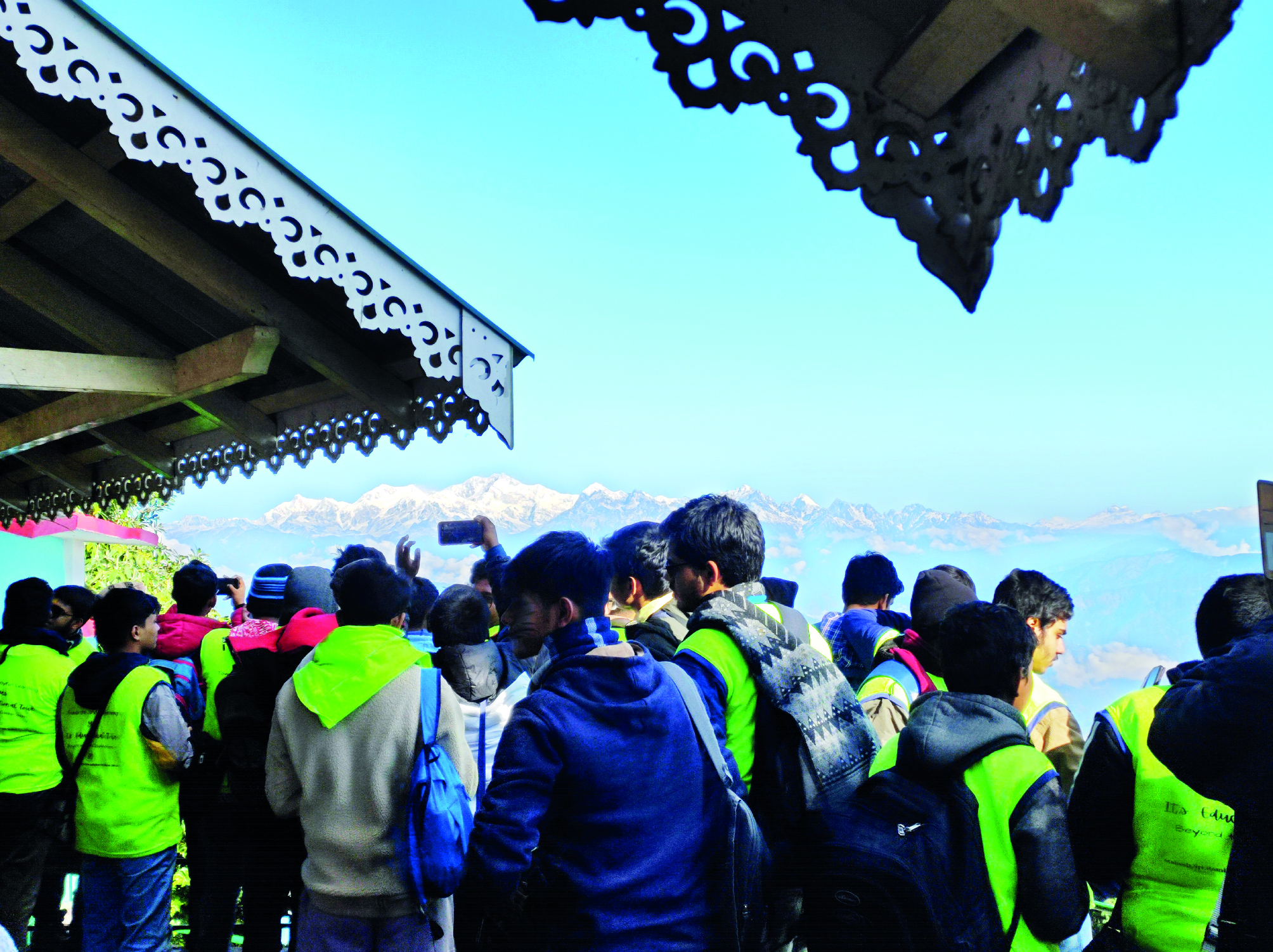Homestay boom in Hills: Apprehensions of dilution of heritage looms large

Darjeeling: The Gorkhaland Territorial Administration (GTA) area comprising the Darjeeling Hills and the Kalimpong district is experiencing a homestay boom. The Kalimpong district specially has scripted a success story boasting the highest number of homestays in the state and also the highest concentration in the country as per area. Though the movement has rejuvenated the rural economy, stakeholders are apprehensive that with rapid evolution, the primary goal of preserving intangible cultural heritage is being diluted with time. Many have stressed on the need for a policy and methodology overhaul.
Speaking at a Homestay Grant distribution programme by Darjeeling District Magistrate office, Anjul Chauhan, Chairman, GTA stated: “Many homestays are being given out on lease. This is diluting the primary goal of showcasing ethnic culture, food and music. How the local community lives and eats, this is the basic concept with which homestays came into existence. The tourists opt for homestays to get a feel of the life of locals and to be integrated with this.” On Tuesday, Rs 1,73,50000 was distributed with 48 homestays getting the first installment of the grant of Rs 50,000 each and 299 homestays getting the second installment of Rs 50,000 each. “There are 387 registered homestays in the Darjeeling district along with hundreds of unregistered homestays. Registered homestays receive Rs 1 lakh in two installments as grants. The state government gives a lot of emphasis on homestays with places like Lamahatta and Lepchajagat witnessing a boom. We would like to promote Darjeeling as a safe and ecological tourist destination,” stated Preeti Goyal, District Magistrate, Darjeeling. There are 1135 registered homestays in Kalimpong with many unregistered ones. “The focus is at present shifting from hotels and lodges to homestays. Tourists want to experience local culture and food. The GTA has come up with a model Gorkha village in Dhotrey. We have plans to develop other such hamlets too,” stated Arijit Mitra, OSD, Tourism, GTA.
“The homestay movement in India started in 1994 from Tinchuley in Darjeeling by the Association for Conservation of Tourism (ACT) with the aim of preserving and promoting intangible cultural heritage. The movement had been initiated to empower women also as they are the keepers of the intangible heritage through the food cooked and the clothes. Homestays were meant to be anchors for tourism in rural areas. They were not meant to be like hotels and lodges marked by the amenities they offer,” stated Raj Basu, Chairman, Eco Tourism, Government of West Bengal while talking to Millennium Post.
However, over the years the concept changed with focus on amenities and with commercialisation. “Now there is no sharing for fire and food (kitchen). Instead they have evolved into homestay-lodges with tourists seeing them as a cheaper version of lodges. This is the biggest blow to the actual homestays. With promotion of a tourist destination investments will come in, this cannot be stopped, rather the policies and methodology around homestays needs to be changed by the government with categories clearly defined and benefits and taxation as per category,” added Basu. Urmila Sherpa had started a homestay in 2016 in Sonada around 10 km from Darjeeling town. “Now there are 30 in Sonada. We serve local cuisines like Ting Momos, Kauri and also showcase traditional dances and songs to the tourists,” stated Sherpa.



